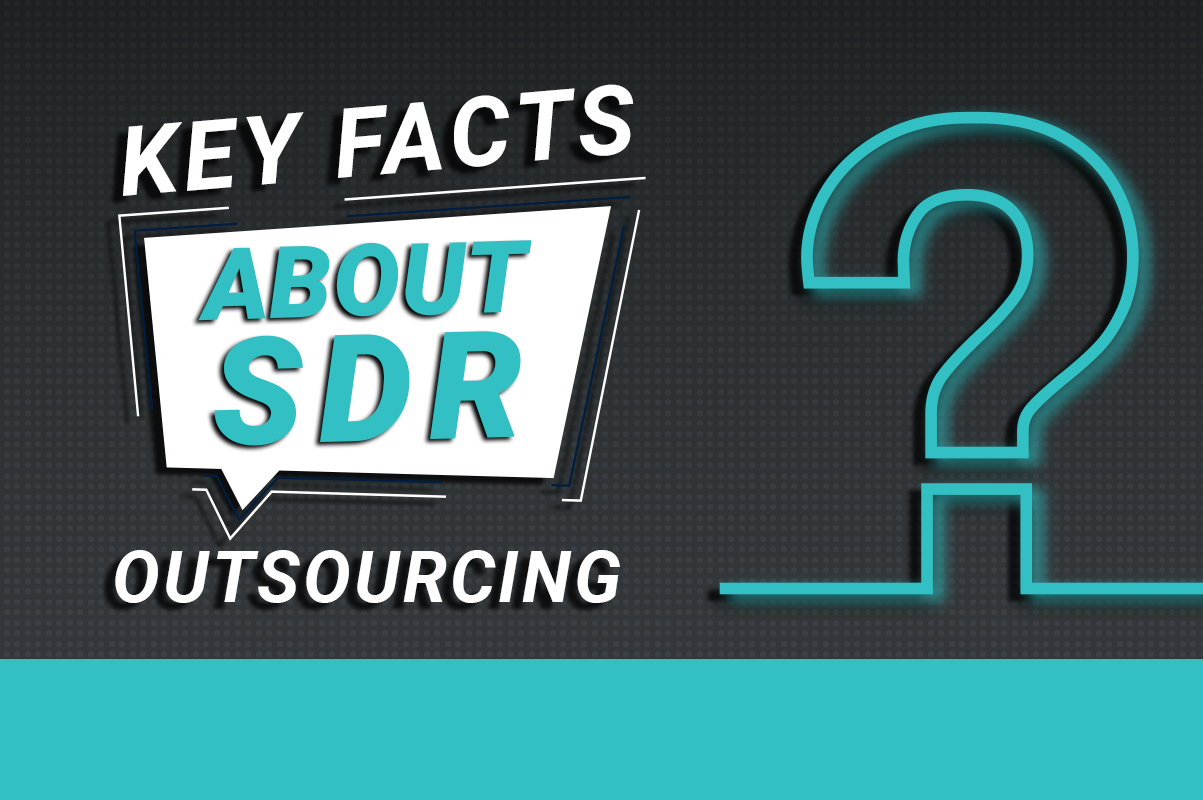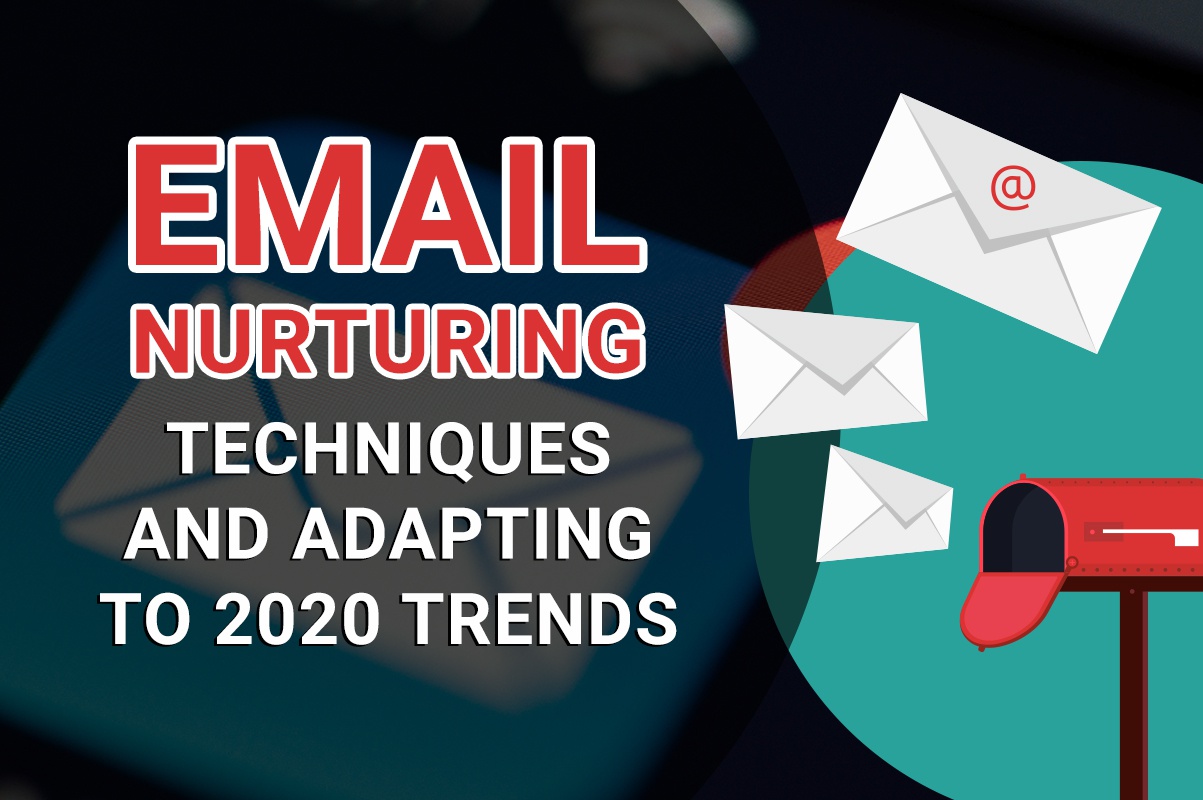The Gap Between Sales and Marketing: Two Machines – One Purpose

When we talk about the difference between sales and marketing it’s important to keep in mind that they also share some similarities. Both are necessary, in one way or the other, for a successful business to make a profit.
They are both machines built to serve one purpose to make sales but the way each of these machines is built to serve this purpose is very different.
The Sales Machine Approach
Inside Sales & outside sales
The difference between inside sales and outside sales all comes down to time and money. The cost for an inside sales team to bring in a new customer is about 40-90% less than a comparable outside sales team. For outside sales teams, reps typically travel to meet the prospect in person, whereas inside sales reps accomplish their tasks while staying in one centralized location.
For the best results, organizations use some combination of both an inside and outside sales team – each playing to their strengths.
Outbound calls
The cost of outsourcing outbound calls has made the call center industry a $200 billion business, with many providers both onshore and offshore. The technology used for outbound calls has transformed industries, tripling the number of prospects that can be contacted per hour.
With outbound call centers now becoming a more integral part of the larger picture, inside sales teams can now work on other projects to increase ROI, rather than tirelessly working to get leads.
Prospect behavior
When it comes to selling, one simple fact that never changes is that ‘the business of selling is about relationships’. Prospects may already be familiar with a company’s products and services but are more likely to make a purchase when they trust and feel at ease with a salesperson. They are more likely to open up and provide information critical to closing the sale.
The first key is recognizing the different behavior that exists among prospects. One sales approach that may have worked great with one person, might not work as well with someone else.
Making sales depends on the ability to adapt your approach to making the customer feel at ease. If you can do that, the relationship will develop naturally and result in more sales.
Prospect nurturing
When someone shows interest in your company, you never want to leave them hanging. Turning that lead into a nurtured lead by making sure you are staying in contact with them from when they initially reach out to when they finally make that purchase – no matter how long that process takes.
Automating lead management is a smart way to keep leads warm and improve the bottom line while not costing a ton of invaluable time and resources.
Follow up sequences – Mails (digital & physical)
While following up with prospects through email channels is a must, direct mail is also a great way to reach an audience, grab their attention, and connect with them on a personal level.
While investing solely in direct mails isn’t the best method to reach out, it should be considered an integral part of any marketing organization’s bag of tricks.
Creating trial packages
A free trial of a product or service is a win-win for both the company and potential customers. It offers a chance to showcase to prospects exactly what your product and service can do, and gives those prospects a risk-free opportunity to try those products before they make a purchase decision.
A trial greatly increases the potential for conversion, with an average of 25% of trial users eventually choosing to purchase that service or product.
The Marketing Machine Approach
Explore brand awareness programs
Brand awareness is a vital part of a successful product launch since it drives consumers’ decisions towards your product or service when they are differentiating between competing companies. It encourages repeated purchases and leads to an increase in market share and incremental sales. Brand awareness is also very important to a business that is marketing proactively through social media sites.
Because of constant advancements in technology, brand awareness is important for every type of business. This is because people always have some type of computer in their hands, be it a smartphone, a tablet, or an actual laptop/desktop. This means they can quickly and communicate with others within seconds, including your brand.
This could either work in favor of or against a business. It all comes down to how the organization goes about using it and adapting to these advances and opportunities.
Being proactive in building brands through social media channels leads to a better brand experience for existing customers, and also converts prospective customers into loyal brand followers.
The end goal is maximizing sale opportunities via reaching out to relevant targets while establishing your brand.
Using traditional & digital marketing
Although it seems today’s marketing age is dominated by digital methods, traditional marketing is not dead. Cold calls remain the number one method to generate warm leads and hot sales. Hi-tech marketers recognize that traditional marketing techniques can hold value and relevance, especially when combined with online, digital strategies.
The core value that generates sales is a superlative product or a service. No amount of good marketing can sell a bad product and the reverse holds true as well.
Marketing is an art that derives its core value from traditional techniques because those techniques consistently produce positive results. That being said, it’s important to combine those traditional techniques with newer, digital methods.
More consumers are researching and buying products online. And 82% of consumers conduct research online according to a report by Forbes.
In the U.S., expenditures on digital marketing will rise to about $332 billion by 2021. Digital marketing tactics have proven to be a very cost-effective way to reach potential prospects.
Generating leads via campaigns
Lead generation campaigns serve to educate prospects within a pre-defined market about your company and its product and features, thus creating an environment for spreading positive ‘word of mouth’.
Businesses that use lead generation campaigns are more likely to make more sales by turning leads into full-fledged customers, which also increases profit margins. Since it is a marketing strategy, lead generation contributes to an increase in ROI, which means it is a must to stay competitive in this market.
Maintaining a CRM
A CRM system helps businesses find new customers, improve relationships with existing customers, and win back former customers that have switched to different providers. A CRM system can be beneficial both to small and large-scale businesses as long as it has been implemented appropriately.
It can give businesses insight into where they should prioritize their efforts by learning and analyzing the needs of their buyers through their purchasing behavior. With this information in hand, a business can develop a strong and long-lasting connection and relationship with those customers.
Through implementing a CRM system, you can not only find savings in expense and time but also find other potential benefits to effectiveness and productivity.
Fill the Gaps Between Sales and Marketing with Flobile
Flobile’s nurture process combined with our sales strategy and marketing guidelines, builds understanding and helps individual teams perform better on prospect conversion.
Flobile allows businesses to build meaningful relationships with their target audiences and create effective buyer journeys through omnichannel experiences.
Content Marketing Strategy
Inbound Marketing
Marketing Strategy
Outbound Marketing






